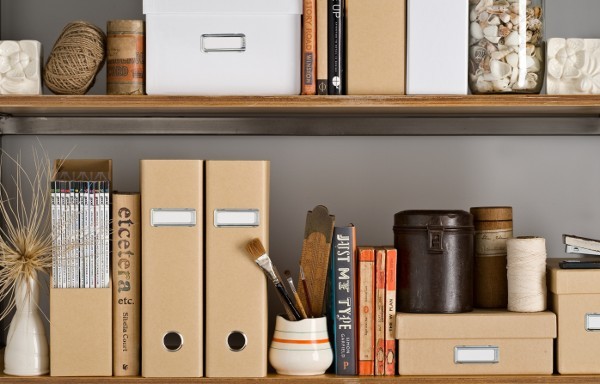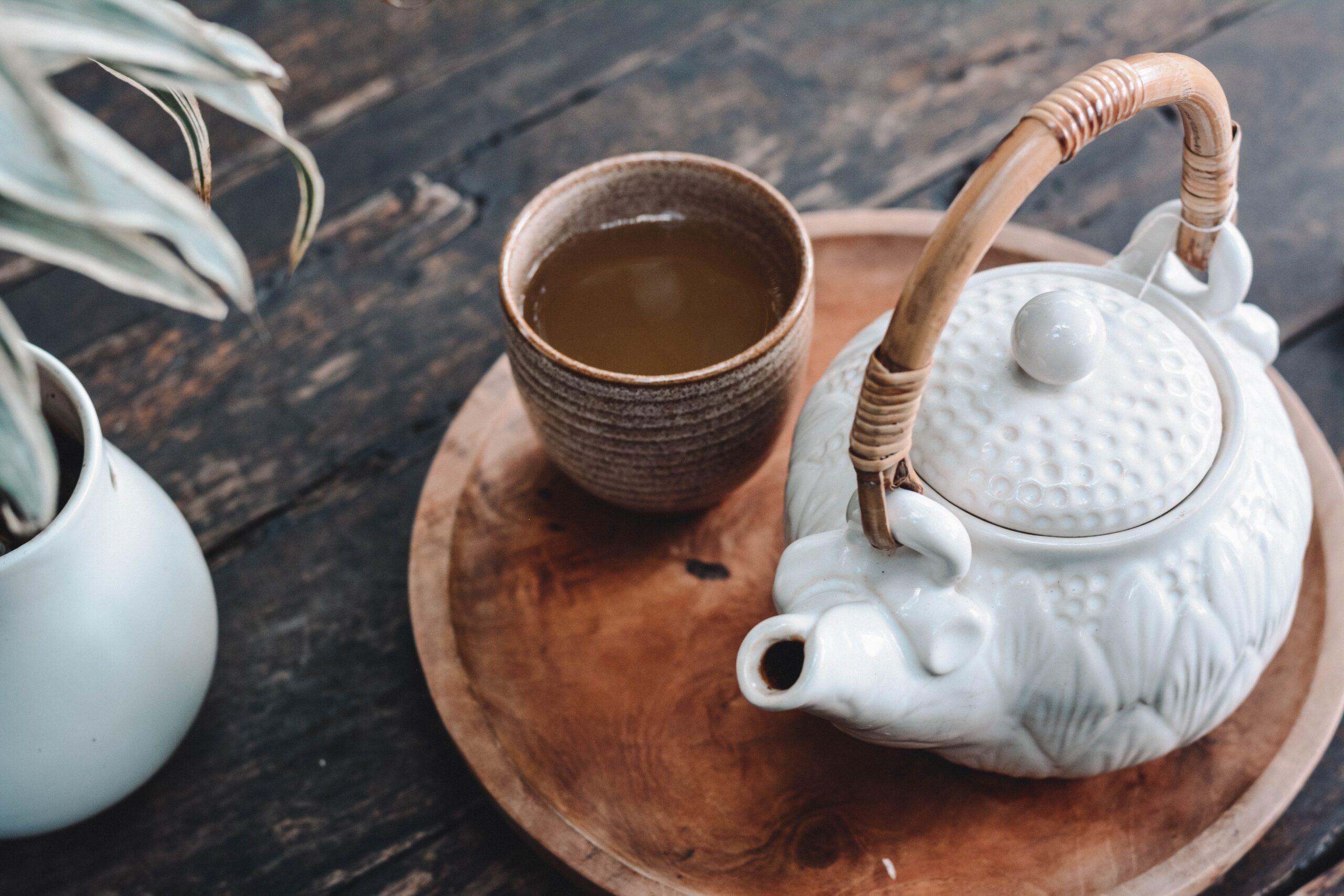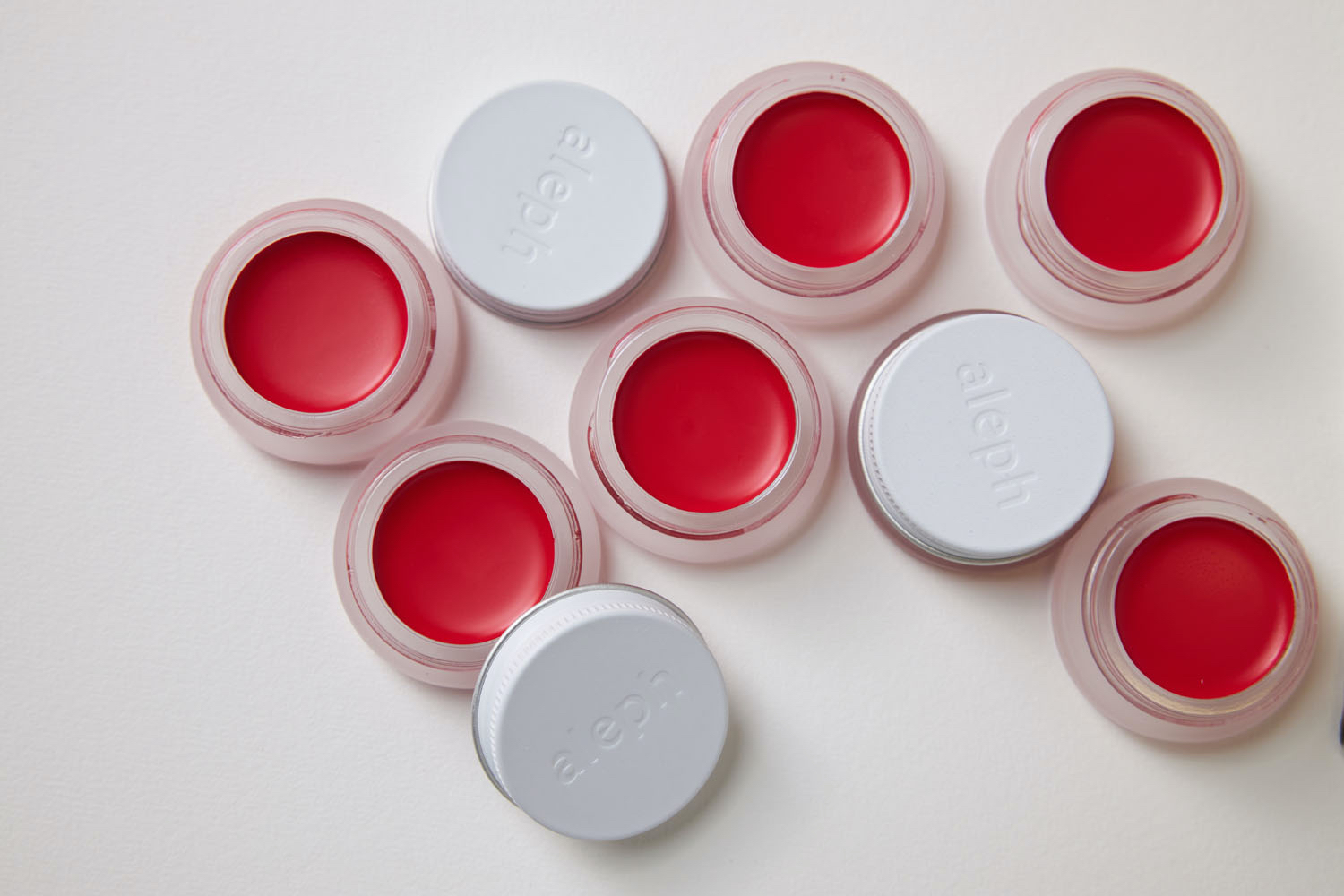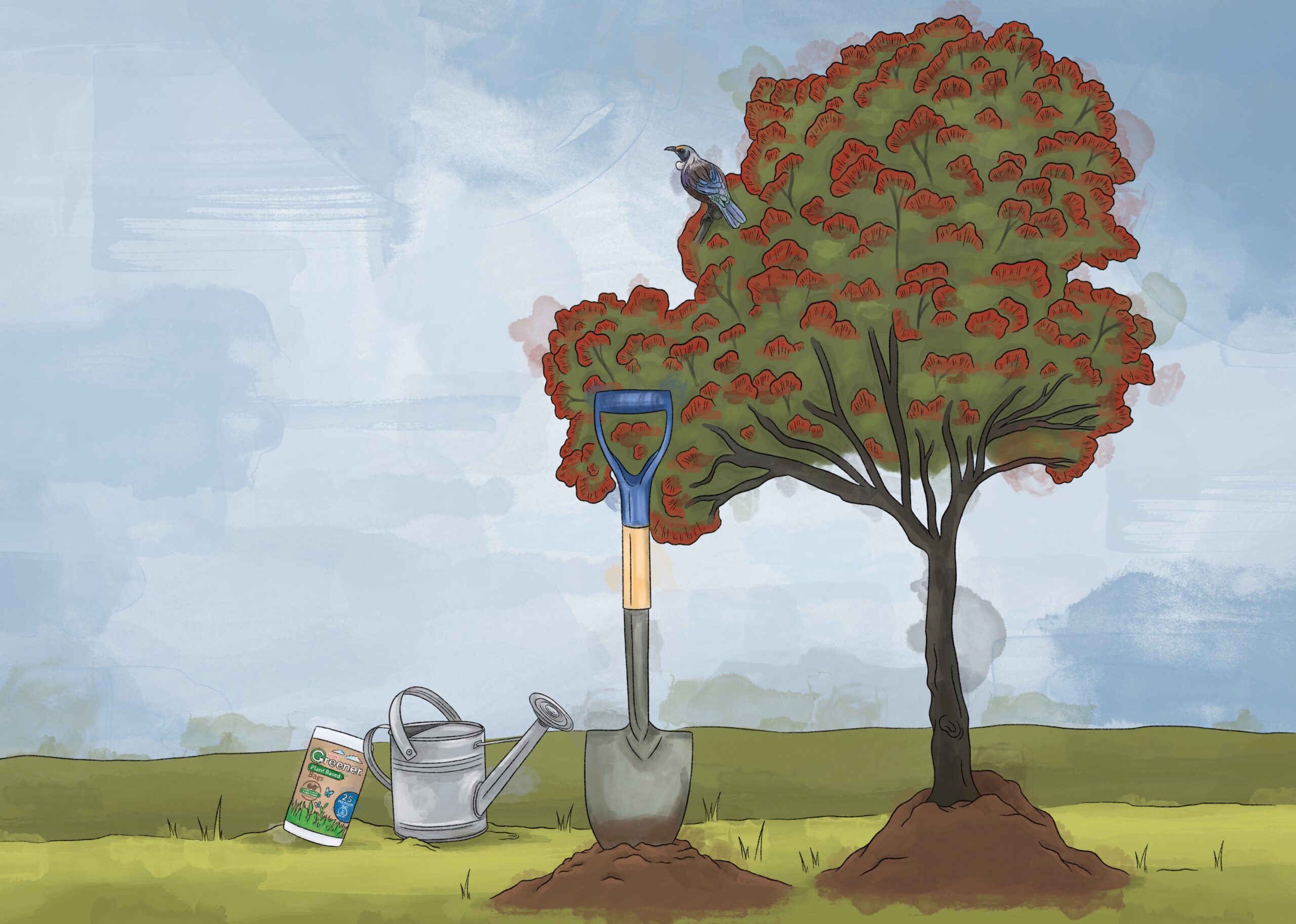How to become a super-organiser
If only we were more efficient organisers, we’d have the headspace to think more clearly, relax more easily – and be more creative. Good asks three super-organised women how it’s done
Photography Tony Brownjohn Styling Sally Fullam
If we could clear the clutter from our minds and get daily organisational systems in place that really worked, we’d spend less time chasing our tails and more time chasing our dreams. We ask three extra-busy women to share the daily regimes that work for them.

Deborah Tetlow
Artist and nurse
Deborah is an award-winning painter, specialising in seascapes, portraits and still life. She also works as a nurse at a local birthing centre where, because of the unpredictable nature of birth, she’s often on call and working nights. She’s also a single mother of six children, five of whom are still living at home.
It’s a schedule that’d make most people’s heads spin. But at the centre of this maelstrom is a simple organisational device that helps keep everything on track.
It’s an A5 diary. Small enough to fit in a handbag, but big enough to note down the multifarious details of each day. “When you have multiple projects on the go, you want to minimise anxiety about things you might forget,” says Deborah. “Writing them down systematically stops you wasting time figuring out where you’re at. It clears your mind so you can be more creative. Booking time to act on your creative ideas is also essential. There are always chores or other demands on your attention – if you don’t make time you’ll never get to them.”
Deborah takes her diary everywhere, and when she’s at home the diary lies on the kitchen bench, where she can refer to it frequently. “I never make personal or work plans without first checking my diary,” she says, “and I have learned to never write reminders or other details on loose bits of paper.” Daily reminders, inspirational ideas or long-term planning are all recorded somewhere in her diary. “Urgent to-dos can be written on small post-it notes attached to the day, so they leap out. But never write anything on that post-it note that relates to tomorrow.
“I try not to worry about tomorrow, it’ll worry about itself. Each day has enough trouble of its own.”
Deborah’s paintings are available for viewing in galleries around the country. For more, see www.deborahtetlow.co.nz

Jyoti Morningstar
Entrepreneur
There isn’t a single word to describe Jyoti’s career. She’s the businesswoman, designer and visionary behind We’ar, an ethical clothing brand manufactured in Bali by small, family-run production houses. A former yoga teacher, Jyoti launched We’ar in 2005 out of a desire to create a business that would benefit a developing country.
Jyoti’s highly involved in production as well as design, ensuring her manufacturers treat their employees fairly. There’s plenty for her to keep track of both at home and overseas – delivering collections, running marketing campaigns, opening new stores and planning the brand’s future.
Going digital
Jyoti splits her time between Ubud, Bali, and her Auckland home on Waiheke Island, spending about half the year in each place. Her laptop never far from hand, she uses Google documents to keep track of what’s happening in Ubud when she’s in Auckland and vice versa. Because Google documents can be shared with others, they’re handy for collaborative work.
But when it comes to day-to-day planning, Jyoti swaps digital tools for the old-fashioned kind.
“I really like writing stuff down myself and I like seeing it on paper. It feels more like my own little world.”
Jyoti uses two classic black Moleskine diaries to keep on top of things – a slim planner with month and year layouts, and a large-format, unlined diary. Events and major tasks are blocked out in the planner so she can get a sense of the months ahead, while work and social events go into the diary. “I tend to get lost in a world of my own imaginings,” she explains. “I can easily forget even the most pleasurable of promises.”
In the front and back sections, Jyoti keeps lists, drawings, hastily-scrawled concepts and the names of books, music and films that people mention. For writing down to-do lists on the go, she uses the notes section on her iPhone.
Healthy mind, healthy body
Although her routine changes dramatically in each country, one thing that stays constant for Jyoti is her morning yoga practice.
“Even if I just do a few sun salutes in the morning – it might take me 15 or 20 minutes – it stretches all the nerves along the spine, which allows fresh blood to flow into you and has an energising effect. I feel like it creates more space in my mind, which means that I’m starting the day with a little bit of spaciousness in my brain.”
Jyoti also tries to schedule tasks for the time of day best suited to completing them.
“During the day, you have different natural energy flows and cycles. Also, during the week, Monday feels very different from Wednesday, which feels very different from Friday – when you don’t want to be starting anything new.
“Right now, we’re trying to allocate times of the day for doing things that suit our energy levels. For example, maybe after lunch is a good time to start answering the hundreds of customer emails, because it doesn’t require the same level of energy as calling people or moving stock around.”
Getting busy
With so much unfolding around her, Jyoti finds that tasks can pile up at certain times of the year. What does she do when things become too much? “I just stop,” she says. “When you start to panic, and you realise you’re not achieving what you want to, what happens is that the adrenals kick in. So you’ve got all these negative hormones racing around your body, freaking you out.”
Getting into a natural hormonal state is really important, she says. She’ll take a moment to pause, sit down and have a cup of tea before putting on paper what needs to be achieved.
“I separate the different tasks into what’s important and what’s urgent – what’s immediate and what’s longterm. I like to write everything down in no particular order, as a stream of consciousness, and then go through and organise it into a cunning plan.
“Sometimes you can get caught up in something that isn’t actually important – but you feel emotionally pulled towards it because people are asking you for it and it’s got your name on it. I ask myself, ‘Do I need to do this? Is it important that it’s coming from me – or is there someone else who could handle it more efficiently?’”
Keep calm and carry on
Jyoti turns to the yogic principle of contentment when a situation is overwhelming or difficult to manage.
“Practising contentment is called santosa in Sanskrit. Contentment comes when you accept what’s going on, even if it’s not what you imagined. Being able to practise santosa and accept the situation is what allows you to work with it.”
And that’s not the only benefit. “The quality of your ideas changes when you’re calm. You can understand something or perceive the next phase or opening much more clearly.”
Jyoti’s clothing collections are available at the We’ar store at 29 Cross St, Newton, Auckland, or at www.wearyogaclothing.com

Victoria Wells
Editor
Editing a popular food magazine is an enviable job for many, but no easy task. In addition to her day job at the helm of Dish, Victoria attends numerous local food events – often assisting with judging – as well as travelling overseas to research foreign cuisine. At home she is stepmother to two energetic young boys.
Staying focused
Distractions abound in a busy office, but Victoria is able to focus by removing the biggest one: email. “I shut my email down and then check it only at certain times during the day, because otherwise it’s a constant interruption and I can’t focus on anything,” she says. “Every two to three hours, I set aside 20 minutes to go through and clear emails. It works as long as you’re not expecting anything urgent – that’s the only catch-22!”
Another trick Victoria’s learned is to make her to-do list at the end of each day, rather than in the morning. This means she can leave work behind in the office, satisfied that everything’s under control.
“It gets things clear in my mind, and then I can shut things down and go home for the night. I know I’ve dealt with everything and I can arrive in the morning and start afresh.
“I have my own diary, and that’s where I make my to-do list every night. I have a physical rather than a digital diary because computers are unreliable and I’ve had laptops crash.”
Tidy minds
Victoria also believes neatness is essential for productivity – the simple principle of having a place for everything and everything in its place.
“Having a tidy desk is so key. Every two months, I do a big desk clear-out and bin everything I’ve been hanging onto. If I haven’t looked at it in two months, it goes.
“I file everything – I’ve got lots of those clear plastic envelopes with various stickers on them that pertain to the different issues of the magazine. Everything gets filed as it comes in. I make big use of the email folders – I hate to have to scroll up and down my inbox, so I always aim to have everything filed, otherwise you can feel a bit swamped.”
Dish magazine champions seasonal food and local food producers. See more of Dish at www.dish.co.nz or www.facebook.com/dishmagazine

Snapshot
A week in the life of a busy diary
Setting up
Deborah’s diary shows a whole week on one page and gives equal space to Saturday and Sunday, because they’re no less busy than weekdays. Since Deborah’s activities fall into three main categories, she divides each page into three columns.
At the back of the diary are extra A5 pieces of paper for lists and long-term planning.
Column 1
Home and school
This column relates to family: school activities, sporting and other extracurricular events, kids to be dropped off or picked up, events to attend, outings and exams. “At the start of the year, I note in my diary all birthdays and anniversaries. I add other important dates such as school terms and holiday weekends. Where there are holidays, kids away at camp or there’s anything affecting several days in a row, I draw a continuous vertical line down the side of the page as a reminder.”
Column 2
Creative space
This column relates to art: deadlines for paintings, planning notes and an ongoing record of sales and purchases for tax purposes.
“I use diagonal lines to block out the painting days – that way I know at a glance that I can’t take on other commitments that day. At the bottom of the page, I write the weeks till a gallery opening or other future deadlines. I start by noting the last day something has to be done and work backwards through the diary to create a critical path in reverse. For example, ‘paintings to be delivered’, ‘paintings must be dry today’, ‘four weeks till due’, ‘five weeks till due’, ‘exhibition paperwork to be finalised’.”
Column 3
Work commitments
This column is for work. “I record any regular or night shifts I’m scheduled for. Later I tick shifts I’ve worked and make a note of when I’ve been on call or perhaps stayed longer at work, as a reference when filling in time sheets.
“When I’m at home, the diary lies on the kitchen bench for easy reference. If I’m rung and offered another shift, I’m able to look at the diary then and there to see what’s coming up, what else I have on, and what childcare arrangements I might need to make.”
Lists and long-term planning
Extra A5 pieces of paper are added at the back of the diary to keep track of addition information. These are A4s folded in half, held in place with a rubber band. Here are 10 helpful lists to keep:
1 Shopping lists: groceries and other things to buy, such as hardware, plants, painting equipment, clothes
2 To-do lists: make a dentist appointment, arrange insurance, ring the piano tuner – once booked or done, a note is made in the diary
3 Inspirational thoughts: ideas for paintings, wish list of home improvements, New Year’s resolutions
4 Interesting research: for example, tips for healthier living and a list of superfoods that are good to eat
5 Children’s pocket money and IOUs: one page per child, including dates and other details, plus a running total
6 Health information: dates of smear tests, mammograms, the children’s last tetanus shots
7 Car: oil check, WOF and registration dates
8 Vet: pet vaccinations, worming treatments
9 School: kids’ birth dates, school year, teacher, classroom number – a good reference for those early-morning ‘please excuse…’ notes
10 Phone contact list: the master list is kept on the family computer where it can be periodically updated and printed out.
GOOD TIP: Use a code for regular reminders: ‘R’ means put out the recycling; P = pay; TR = touch rugby; BD = ballroom dancing; S Ed = staff education days





